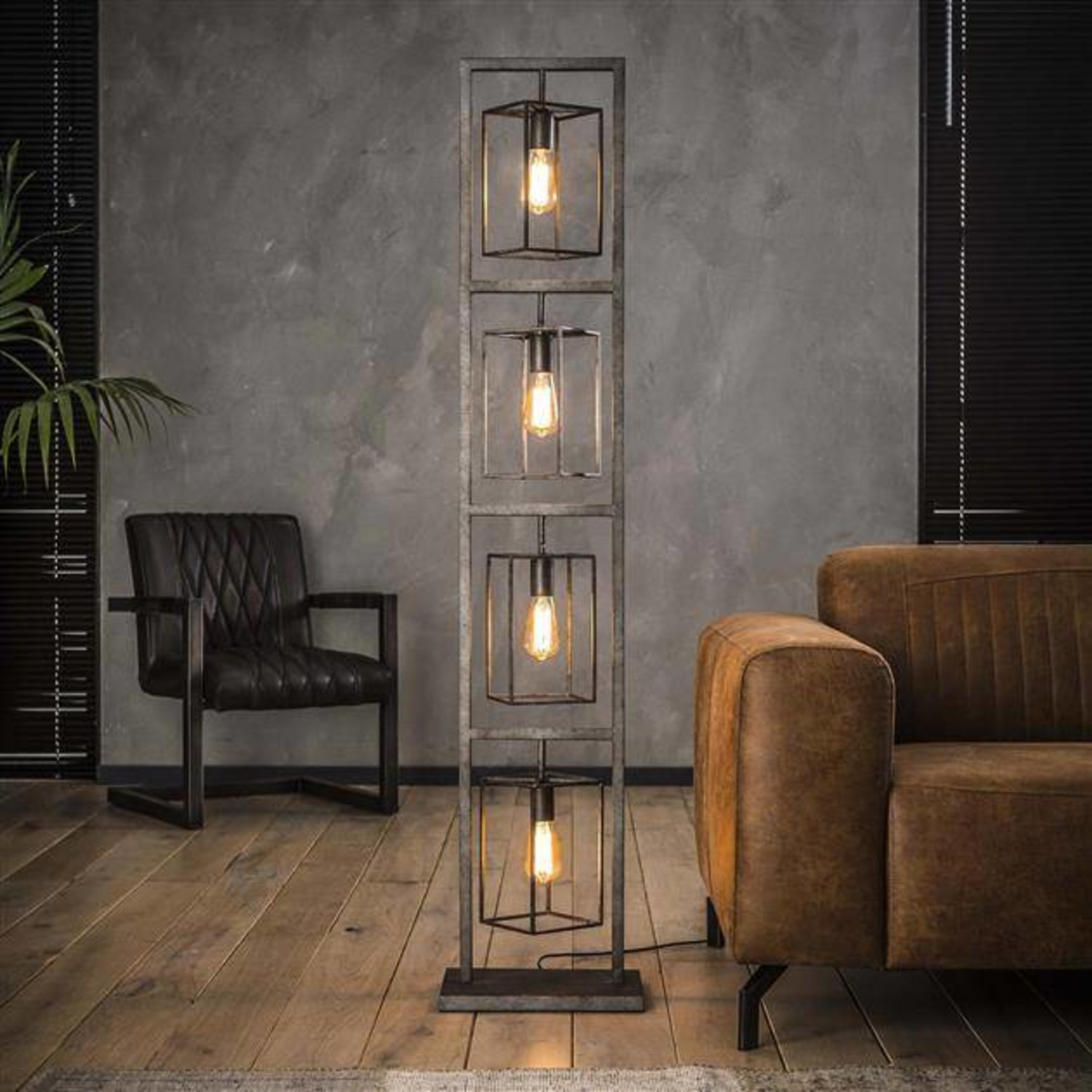Introduction
Akari paper lamps are lightweight, delicate, and intricate light fixtures that are a tribute to Japanese craftsmanship and design. These lamps are made using traditional papermaking techniques and were created by Isamu Noguchi, a prominent artist and designer who was deeply inspired by Japanese culture. In this article, we will delve deeper into the history and creation process of Akari paper lamps, the unique features that make them a popular fixture in homes and commercial spaces, and some tips on how to incorporate them into your own decor.
History and Creation Process
Akari paper lamps were first created in 1951 by Isamu Noguchi, a highly acclaimed artist and designer of Japanese and American descent. Noguchi was inspired by traditional Japanese lanterns and wanted to create a fixture that combined their classic look with a modern twist. He developed the concept of using washi paper, a traditional Japanese paper that is known for its delicate texture and translucency, and a bamboo or metal frame to create intricate and captivating designs that would diffuse light in an ethereal way.
To create the lampshades, a team of skilled artisans would first make the washi paper by hand using fibers from the mulberry tree. The paper was then cut into delicate strips and woven onto the bamboo or metal frame, carefully adjusting the tension to create a smooth and consistent surface. Finally, the lampshades were assembled with the light source, either a bulb or LED, and attached to a cord or stand to create a functional and breathtaking fixture.
Unique Features
Akari paper lamps are known for their unique features that make them stand out from other light fixtures. One of their most notable characteristics is their ability to diffuse light in a soft and warm way, creating a relaxing and inviting atmosphere in any room. The washi paper allows light to pass through while still providing some privacy, making it ideal for use in bedrooms or living rooms. Additionally, the intricate patterns and designs of the lampshades create stunning visual effects when the light is turned on or off, making them not just a functional item but a work of art.
Another feature that makes Akari paper lamps unique is their durability. Despite their delicate appearance, these fixtures are surprisingly sturdy and can withstand everyday wear and tear. The washi paper is treated with a special solution that makes it more resistant to water and fire, ensuring that the lamps are safe to use and maintain over time.
Incorporating Akari Paper Lamps into Your Decor
If you are looking to add a touch of elegance and charm to your living space, Akari paper lamps are a great option. These fixtures can be used in a variety of settings, from modern apartments to traditional homes, and can be incorporated in many different ways. Here are a few tips on how to use Akari paper lamps in your own decor:
1. Choose the Right Size and Shape
When selecting an Akari paper lamp, consider the size and shape of the room it will be placed in. Most paper lamps come in a range of sizes, from small tabletop models to larger floor lamps, so choose one that fits the scale of the space. Also, consider the shape of the lampshade – a round or oval shape may be ideal for a small living room or bedroom, while a tall and narrow shape may be better suited for a hallway or entryway.
2. Match the Lampshade with Your Decor
Akari paper lamps come in a variety of patterns and designs, so choose one that matches your existing decor. If you have a minimalist or modern style, a lamp with a simple and clean design may be best, while a lamp with a more intricate or colorful design could add a pop of personality to a room with more neutral tones.
3. Use Multiple Lamps to Create a Cohesive Look
Using multiple Akari paper lamps in a room can create a cohesive and harmonious look. For example, a pair of matching lamps in a living room could be placed on either side of a sofa or fireplace to create a balanced and symmetrical effect. Alternatively, multiple lamps with complementary shapes and designs could be placed throughout a room to add texture and interest.

